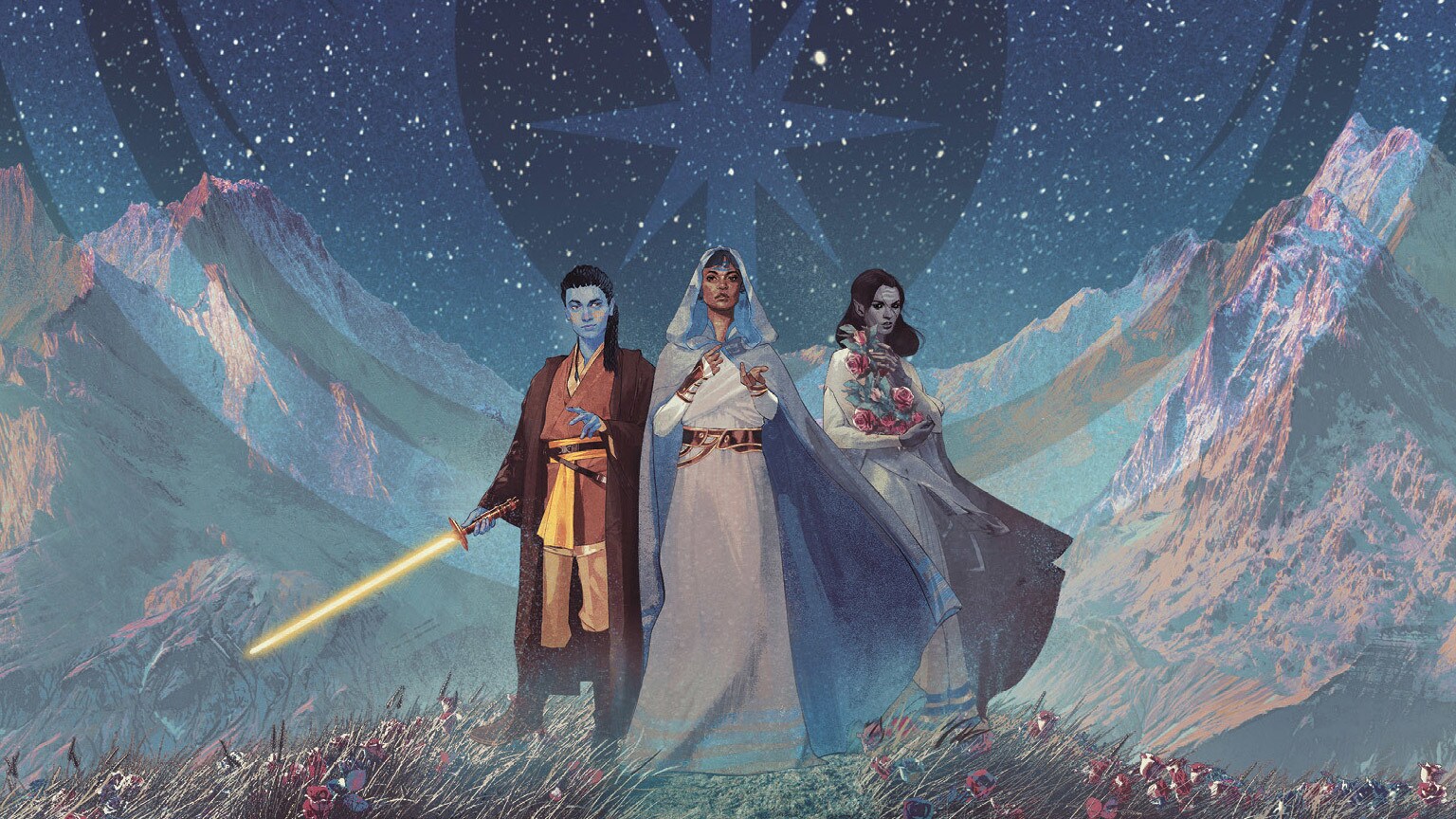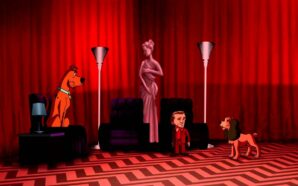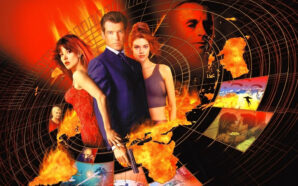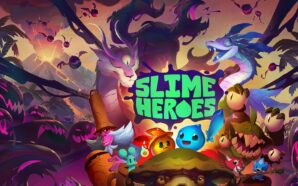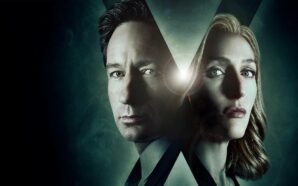The launch of The High Republic is one of the most exciting developments of Star Wars in this last, very busy decade. A publishing initiative with a group of authors telling a story across multiple novels, comics, and even audio dramas in a brand new era of the franchise, set hundreds of years before the Skywalker Saga. I loved the first phase of the initiative and quickly became invested in the narrative and its multitude of new characters… and then the phase 2 announcement happened.
Instead of continuing the story, left on a cliffhanger, the second phase would jump back in time to tell a prequel story before phase 3 then returns us back to the future. I understand the idea, to follow the same format as the saga trilogy (original, prequel, then sequel,) but I was disappointed in the news. I wanted to stay with the characters I love, not go on some weird backwards distraction. But the writers had earned my trust and I dived into the second phase to find some great highs, fitting of the era’s name, yet also sadly some new lows.
One of the best aspects of The High Republic, with its writers room and united creative process, is the ability to tell a grand interconnected story across multiple books. This doesn’t just stop at plot, however. In phase 2, the band of writers across several stories were able to link similar themes and ideas, too. Just the way they decided to format this phase is fascinating. Instead of trilogies like the first phase, phase 2 embraced the rule of two.
Two adult novels, two YA novels, two young reader novels, all in a pattern. The release of the books inversed, with the first YA novel beginning the phase and the second ending it. The books all feel like two-parters, not just the stories but the naming convention too. Everything is mirrored. This theme of parallels, symmetry, balance, and doppelgangers are all over the work itself: the warring binary worlds of Eiram and E’ronoh, two Ro family members, two chancellors, and two Zeveron sisters on either side of the conflict are just a few of many examples.
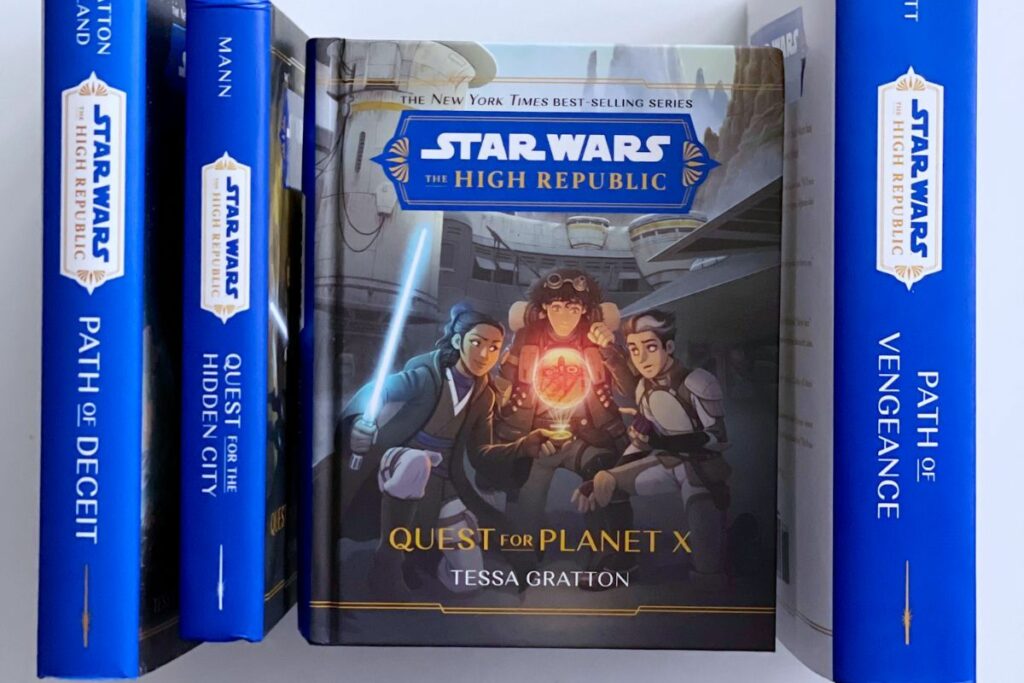
As great as this thematic idea is, having two waves in phase 2 means less story than phase 1’s three. I appreciate this means the story cuts some of the fluff, like the Drengir in phase 1, but the narrative does feel like it is missing that middle instalment. The battle of Jedha acts as the big middle point of all the connected stories but we never actually get to read about it in full. There are bits and pieces here, a clunky recap there. This is because the battle is largely told in this phase’s audio drama, but I don’t listen to them. Like audiobooks, I just can’t do it. My attention drifts and I end up rewinding every few seconds.
For such a vital piece of story, the lynchpin that holds to two mirrored waves together, The Battle of Jedha should have been a novel – the middle of an adult novel trilogy instead of a duology. Although it’s worth noting that I have yet to read the comics because I’m waiting for the trades. Perhaps they will sate me, although overall phase 2 feels like you have to read everything to understand the plot whereas phase 1 you could just read the adult novels to follow the major beats. Here, the adult novels feel the most disposable.
With its two waves and condensed release schedule, it does kind of feel like the writers just wanted to rush through this phase to get back to the main event: the continuing story of phase 1 into phase 3. They had backstory to fill in and wanted to quickly get that out of the way and move on. I feel that most with the Jedi characters, who I didn’t connect with at all. I don’t think I can even recall the lead Jedi character’s name from the adult novels, although I remember Axel Greylark because of how insufferable I found him.
The Jedi all felt a bit samey; I got confused between them. Most seem to suffer with the same issues that plagued phase 1 Jedi, but less focused and specific. They are there as a means to offer access to the story, a perspective character, but little more. We know we’re only spending two books with them and never going back so why bother developing them? Honestly, because of this, I would have preferred the books have killed off many more of the Jedi by the end to add to the threat of the Nameless. Why not? Kevmo’s death is a shocking highlight of the phase, and deeply meaningful in the narrative.
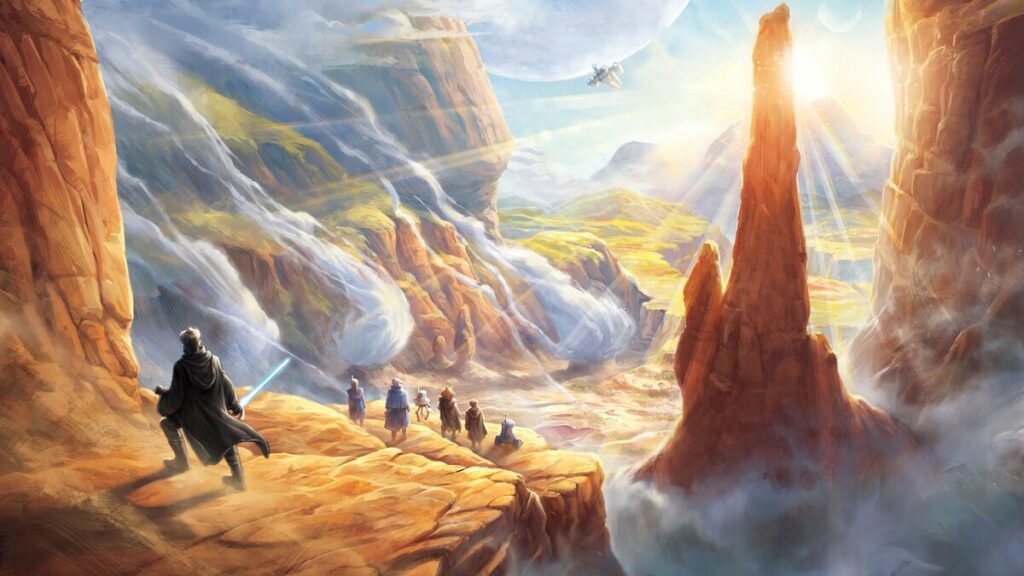
But what the heroes lack, the villains make up for. They are the stars of this phase. The Mother and the Path of the Open Hand are a different kind of villain for the franchise, powerful in new ways. I love the commitment across The High Republic to offer fresh villains that aren’t the same black-clad red-sabered baddies. The cult feels like an appropriately Star Wars-y take on real issues, such as controlling information, creating ones own truth by committing to lies, and how good causes and people can be co-opted and manipulated by those with only selfish reasons. The Ro cousins, Marda and Yana, are easily my favourite perspective characters. They have to face their own dogma: either commit to it or leave it behind. Because of the focus on the ‘villains,’ the young adult books are the best part of the phase and act as the core driving narrative more than the adult books.
I’m also really intrigued by the Nameless. They are a great and, again, different type of antagonist for the Jedi to face. Lovecraftian Force-draining monsters that can cut Jedi off from the Force, instilling a deep fear, before calcifying and killing them. The chapters in Path of Vengeance with Marda on Planet X, gathering Nameless eggs, was probably my favourite section of any story this phase. Hopefully there is more of the planet in the future. I love weird Force stuff and locations, like Mortis from The Clone Wars. Yet the attacks by the Nameless are beginning to show signs of diminishing returns. They were unique and interesting to start with but the psychological damage they instil, especially when the Jedi in question survives, only witnessing dark visions, is repetitive.
As with phase 1 before it, the worldbuilding of phase 2 is an outstanding achievement of The High Republic. So much of the epic tale feels new and fresh, carving out a new era in the timeline away from the cluttered core sage. Phase 1 showed us a galaxy in the midst of a glittering renaissance and phase 2 goes back in time to see the messy but vital work needed to get to that point. There’s a real frontier feel to the galaxy, not necessarily of new worlds being discovered but certainly new worlds being colonised and absorbed by the Republic. There’s a sense of the true unknown out there, the danger, the patchy communications network, the uncharted hyperspace lanes. I loved seeing the Pathfinder teams made up of prospectors, Republic officers, and Jedi escorts. I pictured the muddy town of Ferdan on Dalna as like Deadwood from the HBO series.
So, phase 2 has come to an end, but it doesn’t exactly feel like it. It doesn’t link up as smoothly with the start of phase 1 as I was expecting. Marda’s path certainly leads to the Nihil but how exactly? Does she co-opt it like the Mother did the Path, or create it herself? Why is the Leveller on ice in phase 1? Why exactly were the events of phase 2 hidden away by the Jedi so no one during phase 1 knew about them? I’m excited to jump back to the future with phase 3 but it does feel like a chunk of the story is still missing in this era, dying to be filled in.
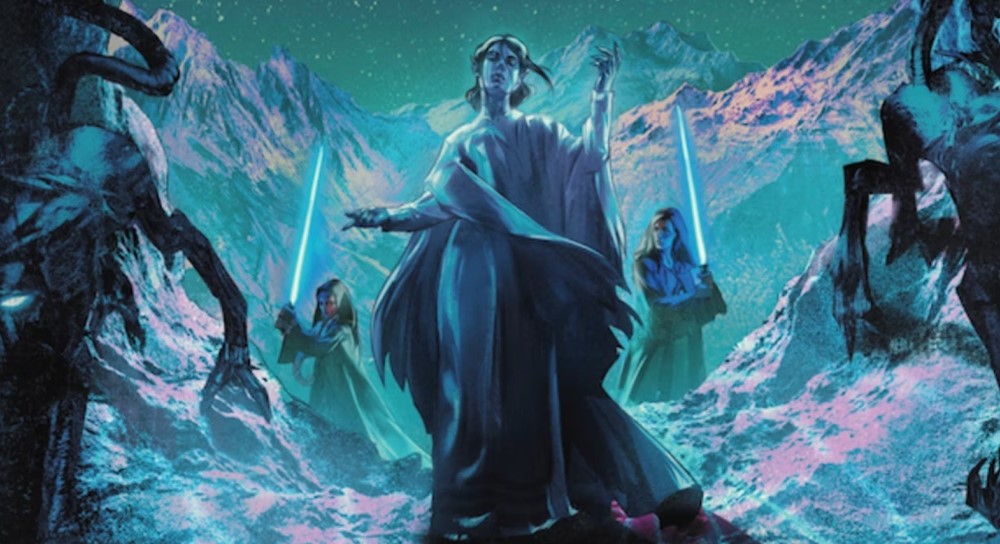
Was phase 2 worth the jump back in time? Honestly, I’m not sure. I think judgement may have to be reserved until phase 3 because that final phase will not only have to continue the story of the first but also link to the second, justifying it as part of the greater storytelling whole. Overall, it’s been a much more inconsistent time for The High Republic. The era itself is great, as are the unique villains and overriding themes, but, as I did when beginning reading, I get the sense the writers know this isn’t as important as phase 1 and 3. That they just need to rush through some things, which is a shame. Thankfully, any issues I have had with these last few books has not tarnished my excitement for the upcoming final phase of this storytelling initiative: I’m just as desperate to crack open the next book as I was before the series took this weird detour.




